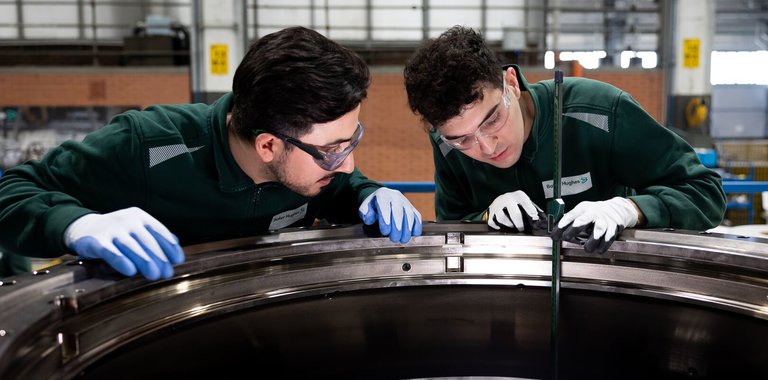
3 Ways to Help Your Team Improve Root Cause Analysis
In asset-intensive industries, failures can occur for multiple reasons and cause equipment or entire plants to shut down.
It is our job, as leaders in maintenance and reliability, to eliminate as many of these failures as we can by improving equipment health and creating a well-maintained operation that can obtain, or even surpass, business goals.
The key to leading such an effort is honest communication about what has historically been done to the equipment, what we know about its design, and how we can manage the workload associated with the equipment’s care. Making space for this communication should be part of any effective technique for root cause analysis.
These are three things you should consider when leading root cause analysis and helping your team address equipment failures:
1. Want a better solution for remediation? Start with the right method for Root Cause Analysis.
Many techniques exist to find the root cause of failure, including Pareto charts, 5 whys, fishbone diagrams, cause and effect diagrams, fault tree analysis, and the Cordant™ Root Cause Analysis methodology . Each technique differs in what information is collected and how it is analyzed to determine a root cause. And in most cases, the nature of the event or problem will help determine which technique is best to use.
The 5 whys method is the oldest manufacturing method, created by Toyota, and is applied based on the assumption that the root causes of the event can be achieved by asking “why” several consecutive times. Fault tree analysis is another technique and is a top-down evaluation that incorporates Boolean logic and event probabilities to establish associated risk levels.
Cause and Effect analysis provides an effective balance point between simplicity and complexity by providing a diagrammatic representation of causal relationships of the event. The technique lends itself to group analysis by allowing several individual realities to come together and form a more complete representation of the event and known causes.
The Cordant™ Root Cause Analysis method introduces a 3-step process designed to simplify, enhance, and centralize problem-solving techniques across organizations. Grounded in Cause Tree principles and aligned with IEC 62740 standards, this methodology addresses recurring problems effectively, providing organizations with an approach to prevent recurrence.
2. Find the right solutions to prevent recurrence
The key to a root cause analysis being successful is to not only identify what the true root causes of the failure were and whether it was a one-time thing or a recurring problem but to have a team that has ownership over the required solutions. Advise them on how to uncover the best solutions, by using a method that helps to assess the effectiveness of the proposed solutions. This assessment should make sure the solution is within your control, is effective at preventing or reducing the likelihood of recurrence, is aligned with wider organizational goals and objectives, and must not cause any other problems.
Most solutions will involve either controlling or eradicating the risk of failure using industry-wide accepted hazard controls . Five types are ranked in order from most effective to least effective and should be used accordingly: elimination; substitution; engineering controls; administrative controls; and PPE. The goal should always be elimination, but if this is not possible, a combination of the other controls can manage the failure or hazard potential best.
3. Prioritize the work needed to succeed
Momentum cannot stop once the root causes and solution are found. Nominated people need to be responsible for making sure the changes are implemented. For any change to happen in the field to improve equipment performance, there needs to be prioritization and an allocation of resources to make it happen through the proper channels.
By using a tool like Cordant™ Asset Defect Elimination, teams can capture, track, and manage the implementation of solutions. This tool helps to prioritize and allocate resources to complete the necessary actions, ensuring the solutions are effectively implemented and the possibility of recurrence is prevented.
Success is within reach
Through selecting the right method to suit the event or problem and finding and tracking implementation of the right solutions to prevent recurrence, you are setting up your RCA program for success. Success will include things like a reduction downtime and lost production, reduction in safety or environment incidents, reduction in emergency maintenance calls, technicians equipped with the training and technology to better maintain equipment, and a reduction in money spent to perform corrective actions. These things will come to fruition because the work to identify and remediate or eliminate the root cause was made a priority.
These are lessons to be learned here not only for those in reliability and maintenance but for those in any situation where leadership can make real positive change. Be diligent in finding the root of the problem, implement real change by working with a team of experts, and make it a priority. These changes will steer the ship in a positive and productive direction.

